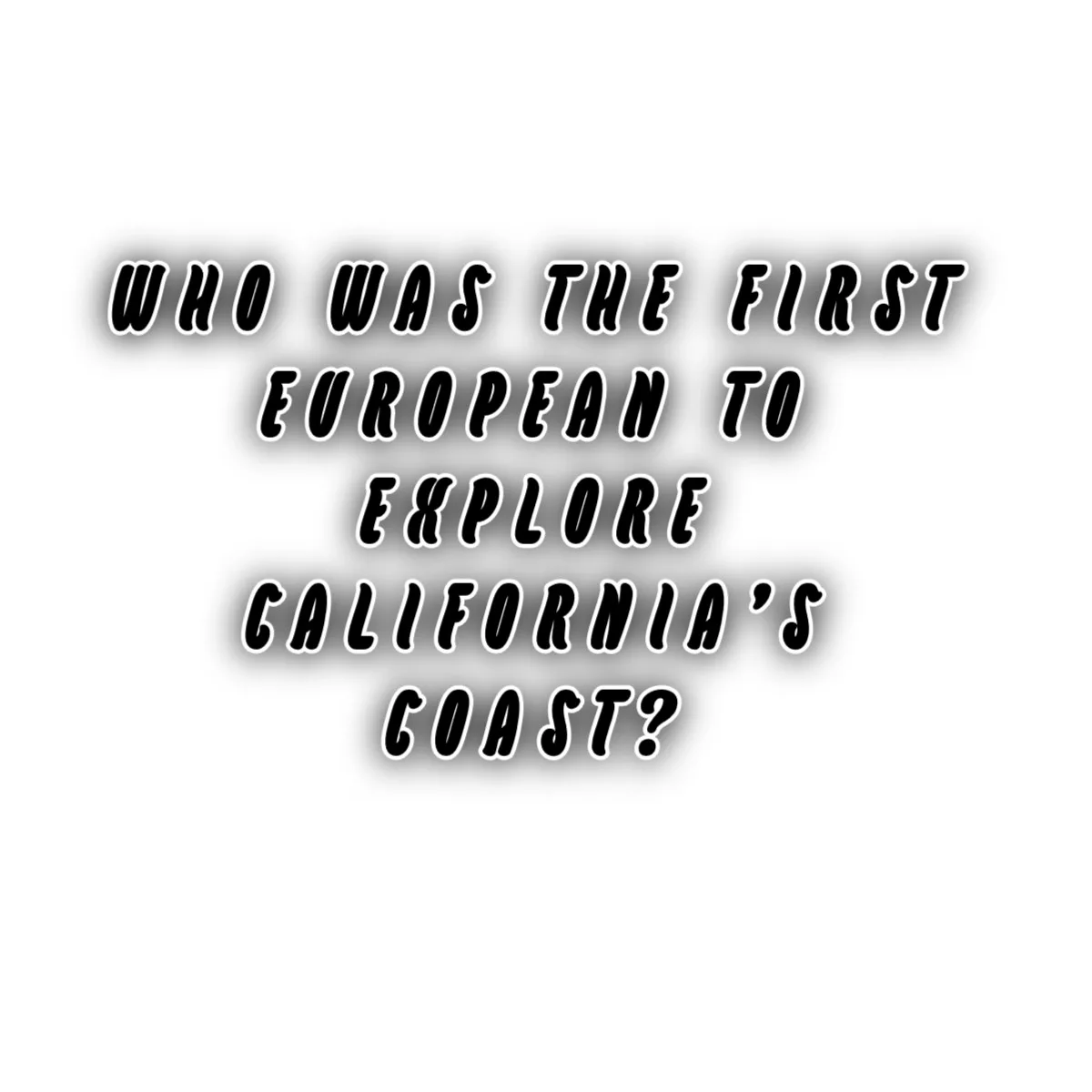The first European known to explore California’s coast was Juan Rodríguez Cabrillo, a Portuguese explorer sailing under the Spanish flag. His historic journey took place in 1542, during the height of Spain’s expeditions to explore and claim new territories in the Americas.
Cabrillo set sail from Mexico (then called New Spain) in June 1542, commanding a fleet of ships with the goal of finding new lands and a potential passage connecting the Pacific and Atlantic oceans. On September 28, 1542, he became the first European to set eyes on the coast of what is now California, arriving at San Diego Bay, which he originally named San Miguel.
From there, Cabrillo continued his exploration northward, charting the coastline of California. He ventured as far as the Channel Islands, off the coast of modern-day Santa Barbara, and explored other areas along the coast, including what we now know as Los Angeles and Monterey Bay. Unfortunately, Cabrillo died during the expedition after an injury, but his crew continued the voyage further north.
Cabrillo’s exploration laid the groundwork for future Spanish claims to the region. Although he did not find the fabled Strait of Anián (a mythical passage between the Pacific and Atlantic), his expedition was an important step in the European discovery and eventual colonization of California.
Today, Cabrillo is remembered as a pioneering figure in California’s history, and his legacy is commemorated with the Cabrillo National Monument in San Diego, a tribute to his role in the early exploration of the American West Coast.

Leave a Reply